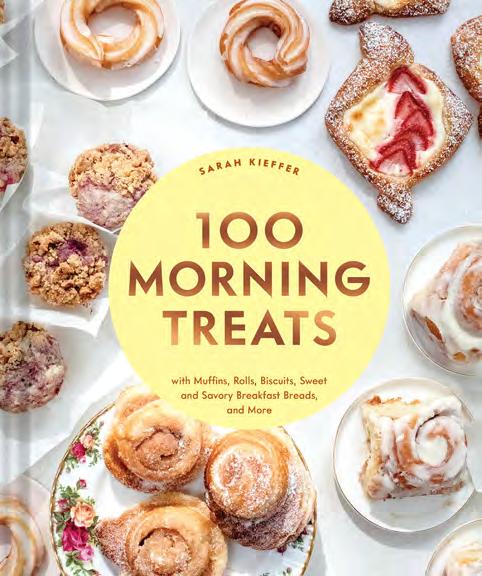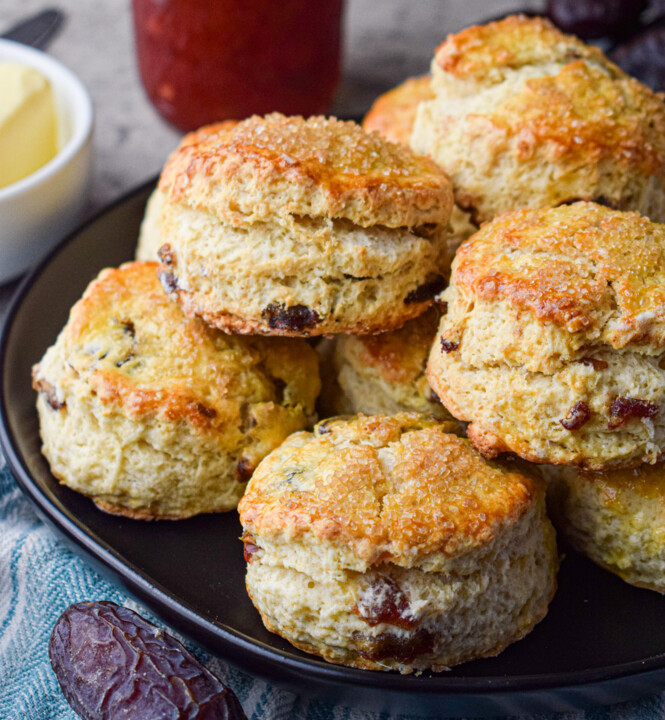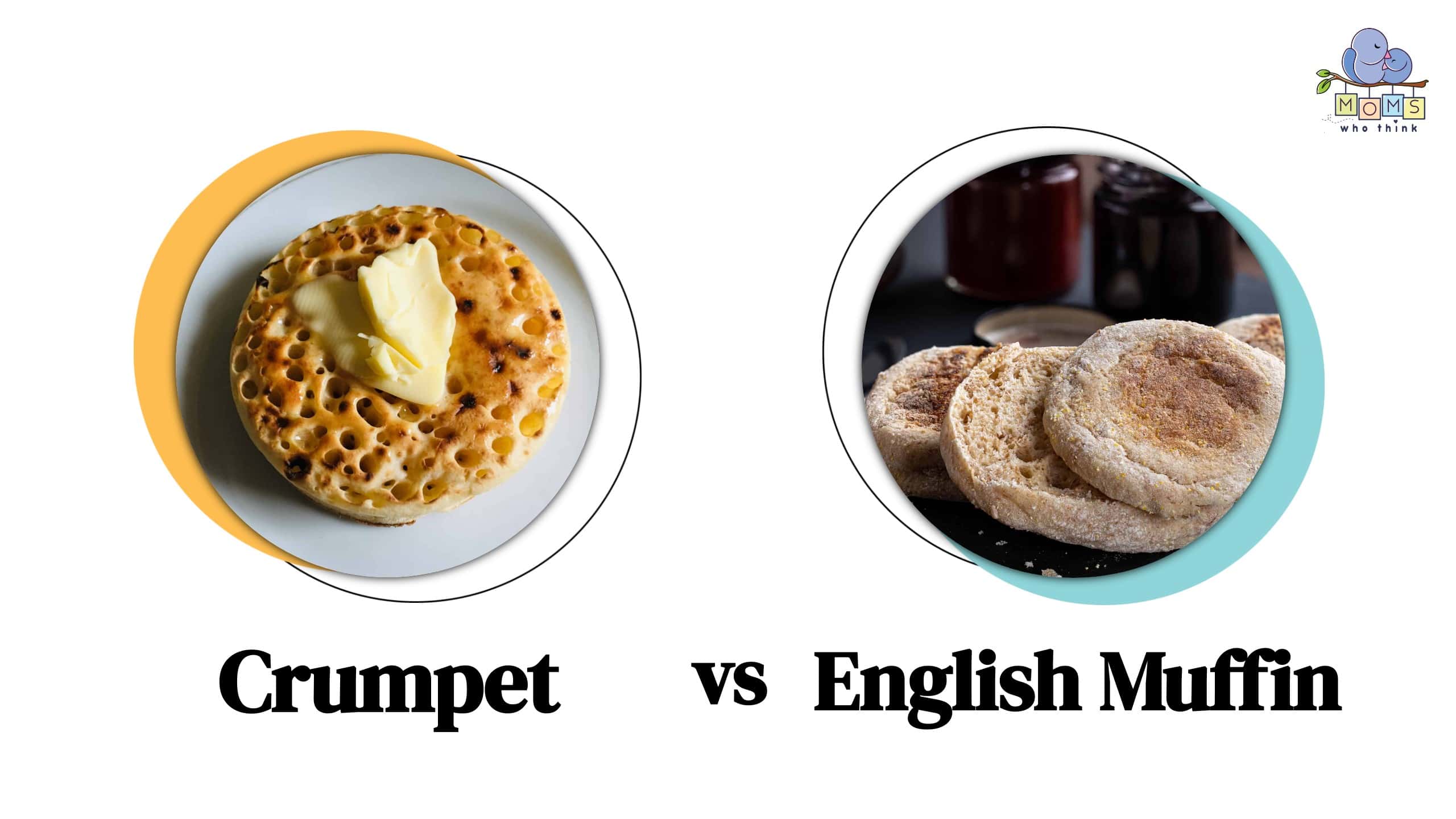Discover the Secret Behind the Irresistible German Muffin: A Sweet Delight That Transcends Borders!
– The word “muffin” has a German origin and originally meant a small cake or soft bread
– German muffins are less sweet and slightly denser than traditional American muffins
– The recipe for German muffins includes rum as a secret ingredient for flavor and moisture
– Tips for making moist muffins include using room-temperature butter and milk, not over-mixing the ingredients, and not overbaking the muffins
– The recipe can be customized with different types of dried fruit, nuts, or seeds
– Freshly baked muffins can be stored in a sealed container at room temperature for up to 4 days or in the refrigerator
– The recipe for German muffins includes ingredients such as unsalted butter, vegetable oil, eggs, rum, vanilla extract, milk, cinnamon, baking powder, all-purpose flour, whole wheat flour, ground almonds, orange zest, and optional raisins



